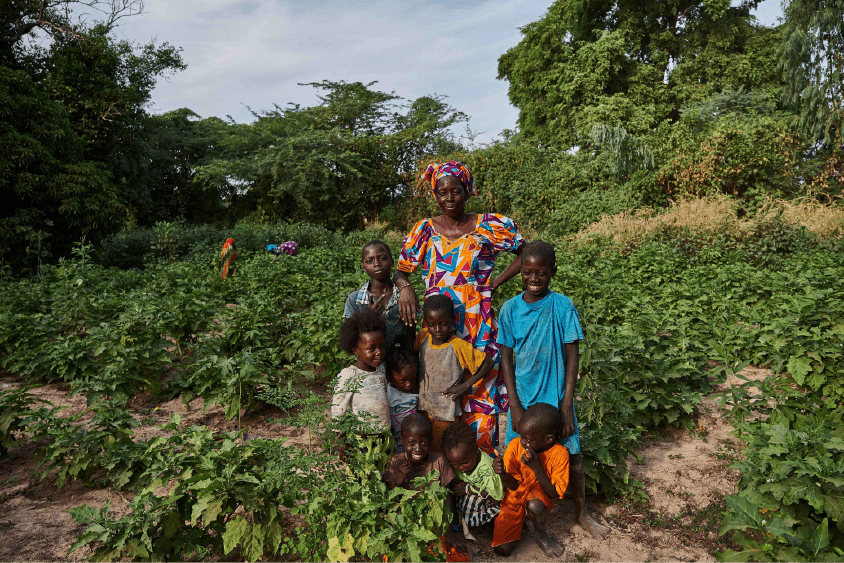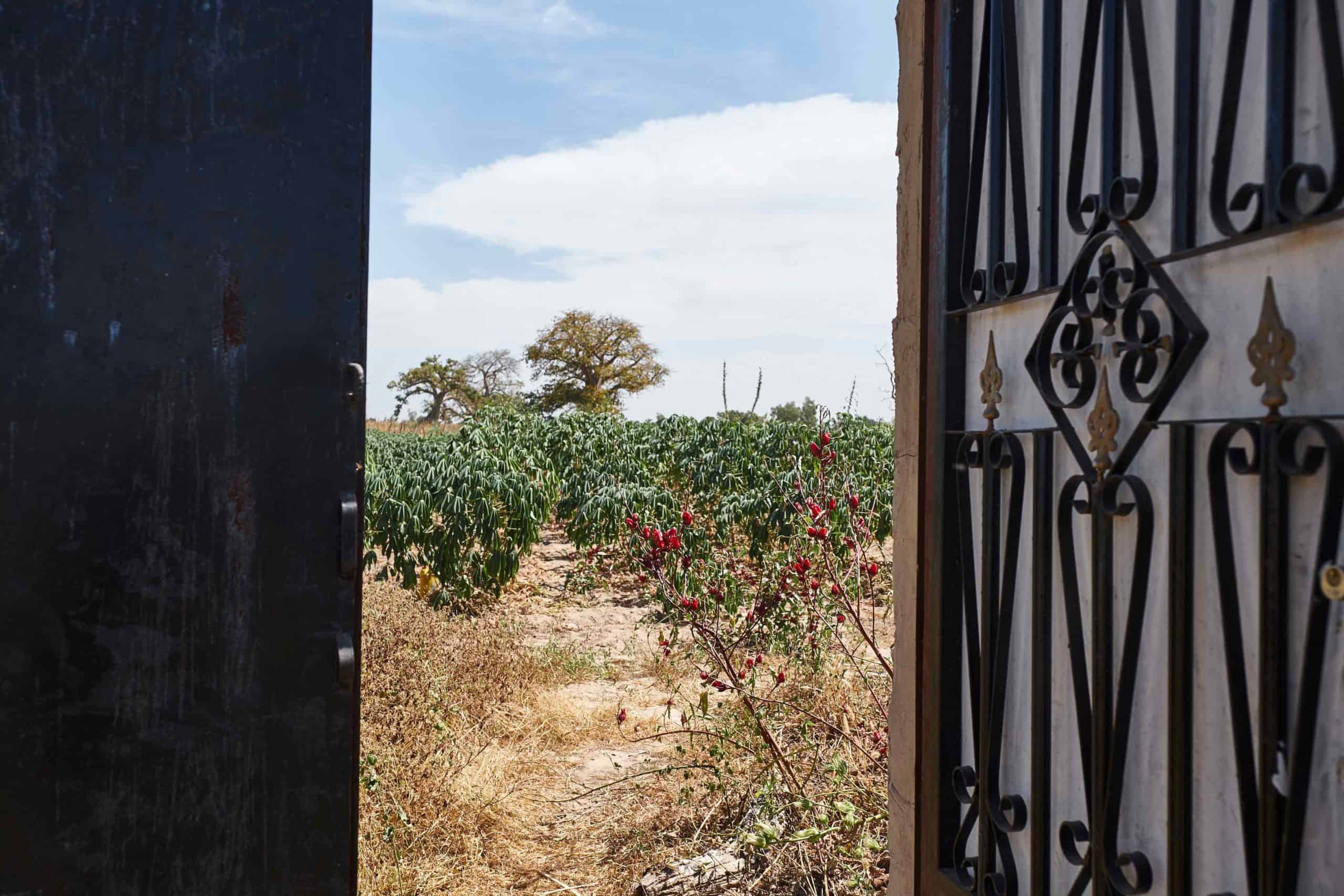When you first glance at a mature Forest Garden, the strategy and intentionality of the space may not be immediately clear. There is life everywhere; trees, shrubs, and vegetable crops are dispersed across the property and plant and animal species are able to thrive. Compared to our traditional understanding of agriculture, which suggests planting rows and rows of the same crop is the most effective way to make money and feed the planet, the Forest Garden might look busy. But if you look a little more closely, you’ll see four key components of Forest Gardening and how their presence promotes stability and harmony for the land and crops.
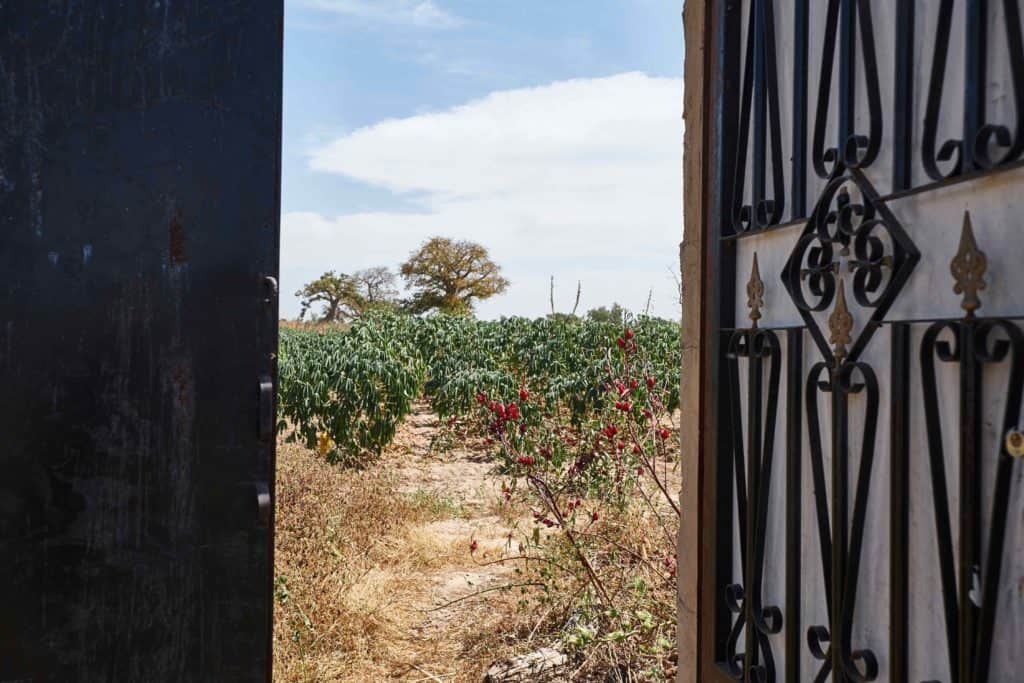
Today, let’s step inside a few Forest Gardens, both young and mature, and explore the four components of Trees for the Future’s Forest Garden Approach: a living fence, multipurpose rows, a fruit tree portfolio, and permagardening. The Forest Gardens pictured here have all been established and cared for by smallholder farmers trained by Trees for the Future. The training program is four years long and teaches farmers to integrate each of these components into their land to achieve food security and economic independence.
The Living Fence
A thick, layered fence of closely-planted trees is known as a living fence (also called a green wall.) In a Forest Garden, the living fence is key in effecting true, transformational change for the land and the farmer. At Trees for the Future, this is one of the foundational steps farmers take in establishing a Forest Garden and protecting their land.
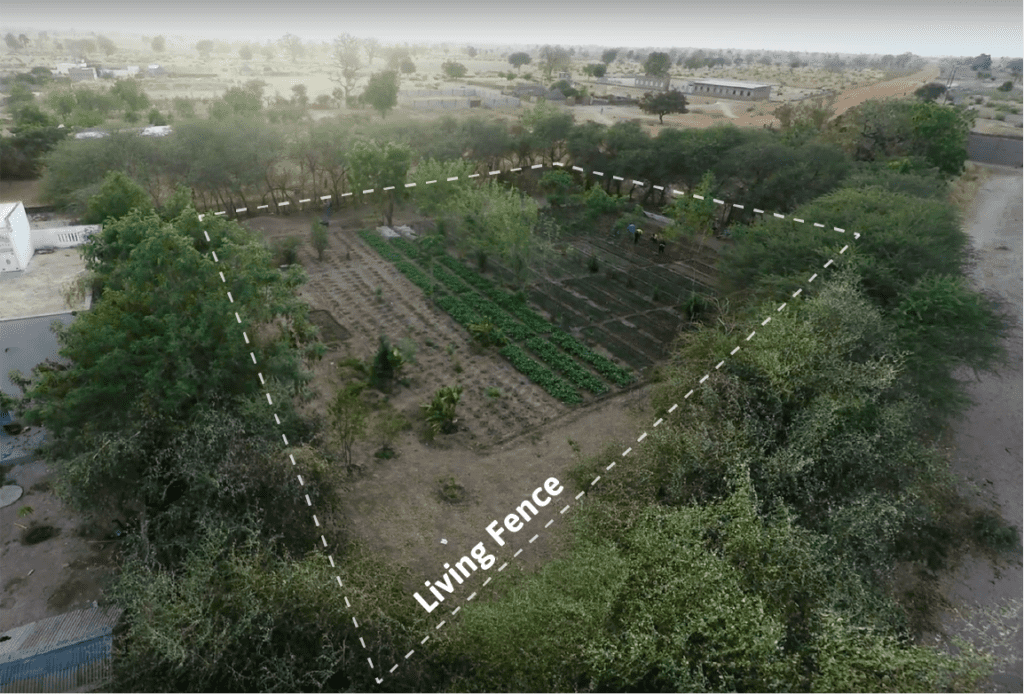
A traditional fence made of chopped wood, or “dead fence,” requires regular maintenance, repair, and replacement and fails to provide significant protection to the land. A living fence, on the other hand, acts as a live barrier that keeps livestock and pests out as well as shields the interior plants and trees from weather extremes like wind, fire, erosion, and flooding. Often, new Forest Garden farmers will leave their dead fences in place as they wait for their living fences to grow and mature. A living fence is made up of thousands of closely planted trees and thorny bushes. In addition to providing protection to the land, the trees in a living fence also revitalize it as they fix nitrogen in the soil, improving health and nutrient content.
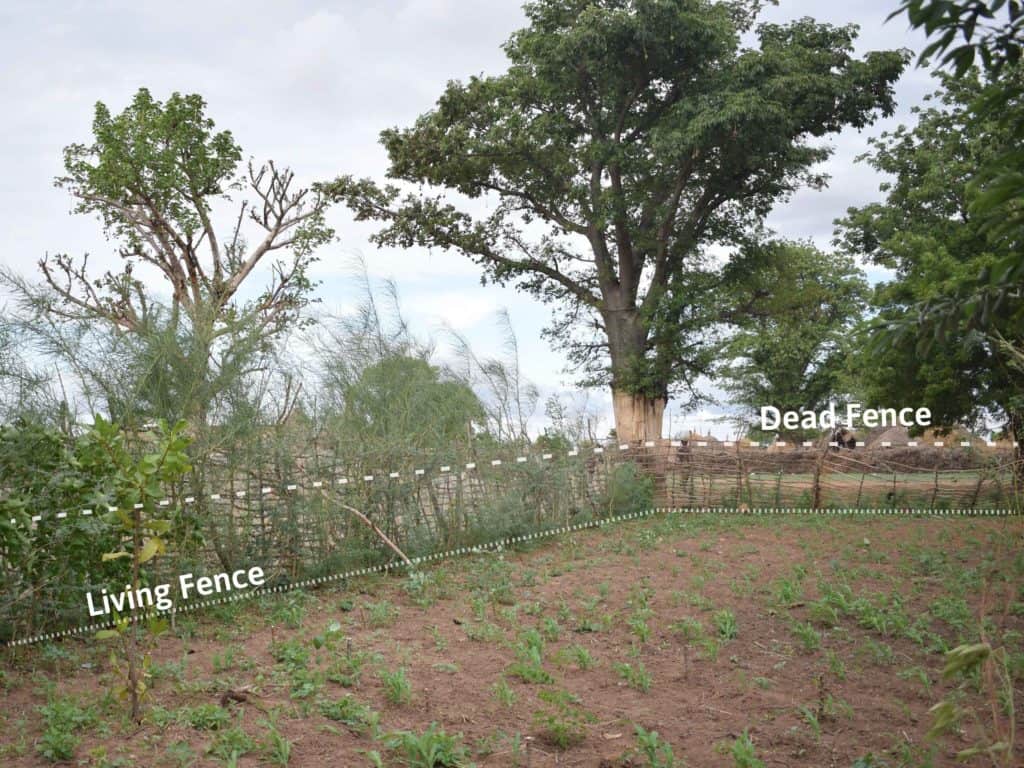
Multipurpose Rows
Within the border of their living fence, farmers get to work planting multipurpose rows. This is another important element of protection for the soil and crops. Multipurpose rows are diverse rows of nitrogen-fixing trees placed strategically throughout a Forest Garden. Because these trees fix nitrogen in the soil, they replace the need for harmful and expensive artificial fertilizer. This strategic use of trees is vital to supporting local biodiversity, insects, and microorganisms on the land.
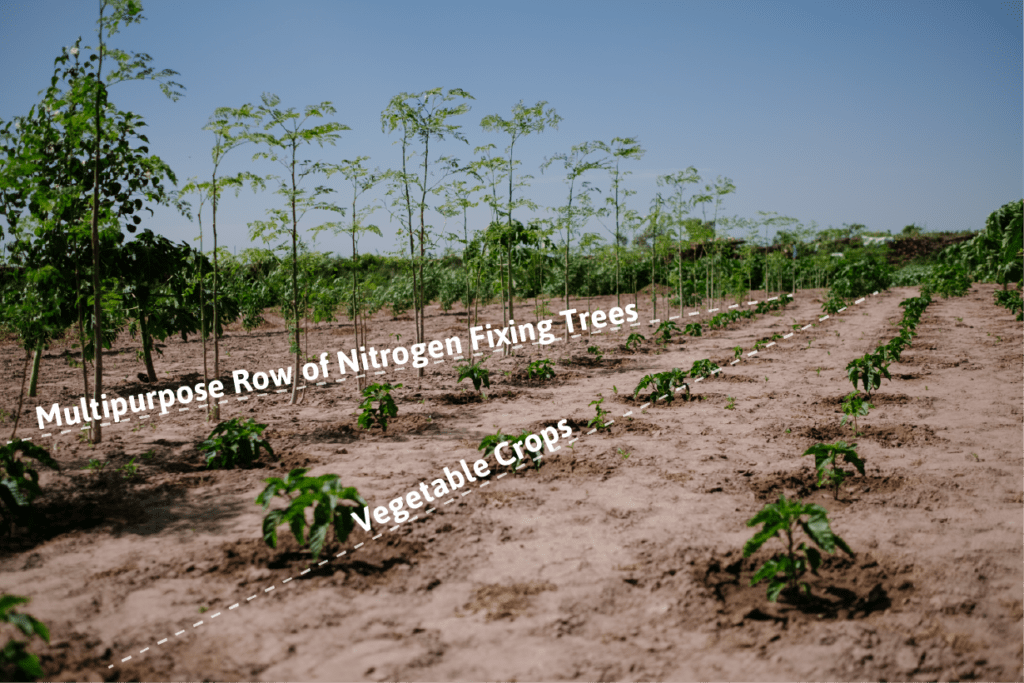
Forest Garden farmers optimize their space by choosing nitrogen-fixing trees that also produce fruit, plant-based protein and other valuable products.
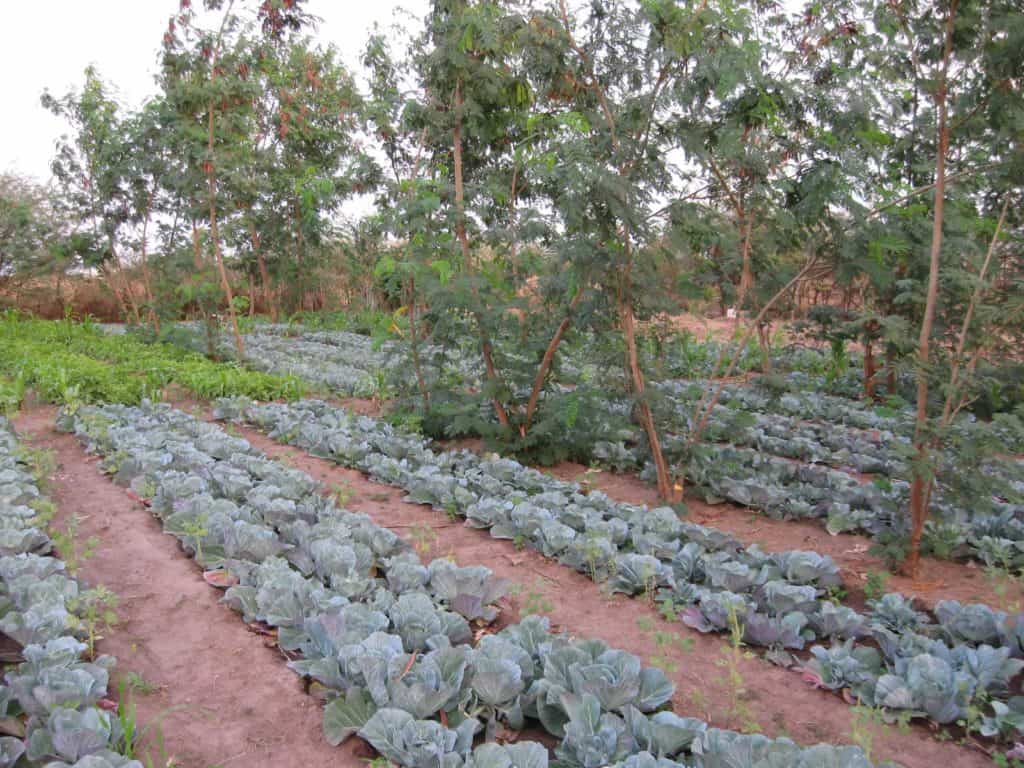
Fruit Tree Portfolio
Once a farmer has successfully protected their land with their living fence and multipurpose rows, they can add to the diversity of their Forest Garden with fruit trees. A diverse mix of fruit trees can provide nutritious and marketable food throughout the year. In sub-Saharan Africa, common fruit trees include citrus, mango, papaya, avocado, and cashew. Farmers consider what they can sell and what they need for their family before choosing which fruit trees to plant.
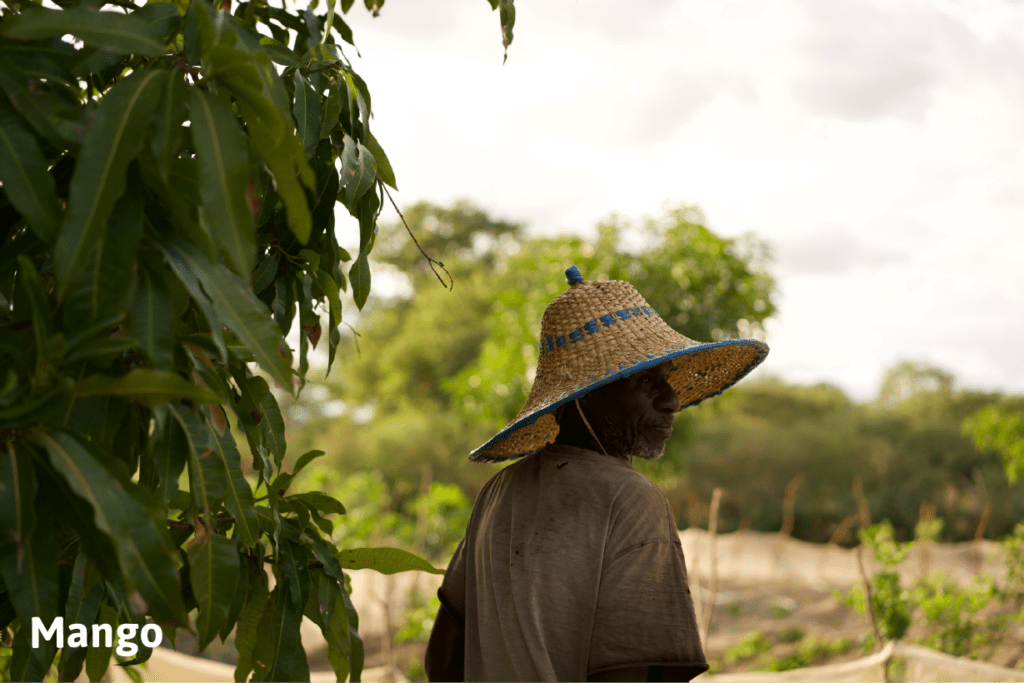
Depending on a farmer’s available space, they may disperse their fruit trees throughout the property, like the mango tree above, or they may choose a particular area of the Forest Garden to plant a number of fruit trees together, like the papayas shown below. TREES technicians works closely with farmers to map out the property and determine what placement will work best.
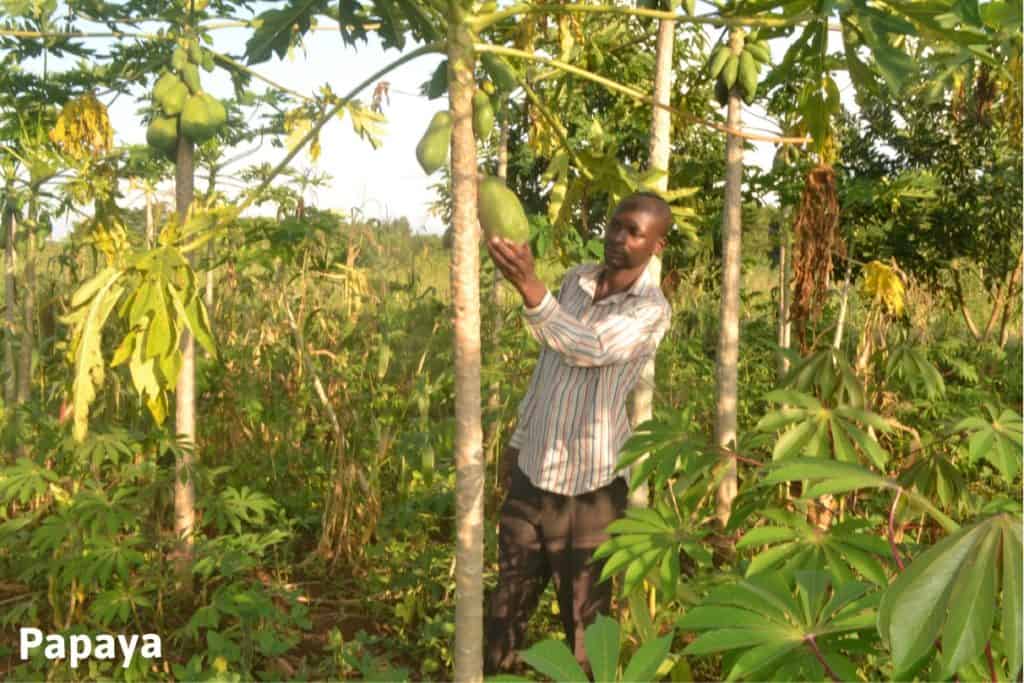
Permagarden
While they’re a vital part of a healthy landscape, trees are not the only type of plants that make up a lush Forest Garden. As you may have noticed in the previous images, vegetable crops are planted throughout a Forest Garden too.
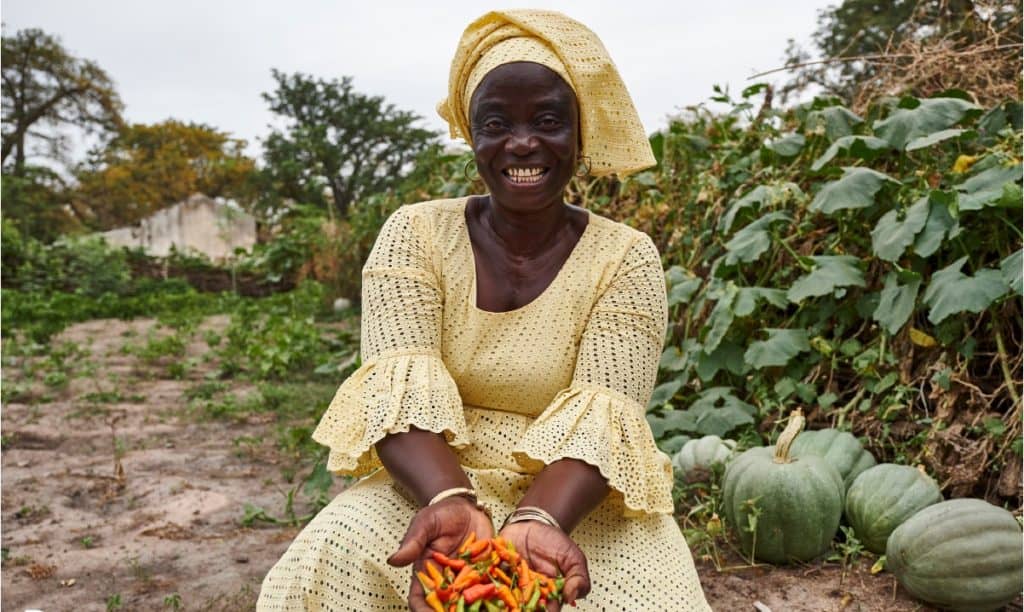
To permagarden means that a farmer is allowing for sustainable production of vegetables crops year round. Rather than focus on monoculture, farmers embrace polyculture and plant a diverse array of crops. TREES staff also teach farmers to optimize their space so that they can get the most from the land without straining it. Through these various aspects of permagardening, farmers can be confident that they regularly have food to eat and sell.
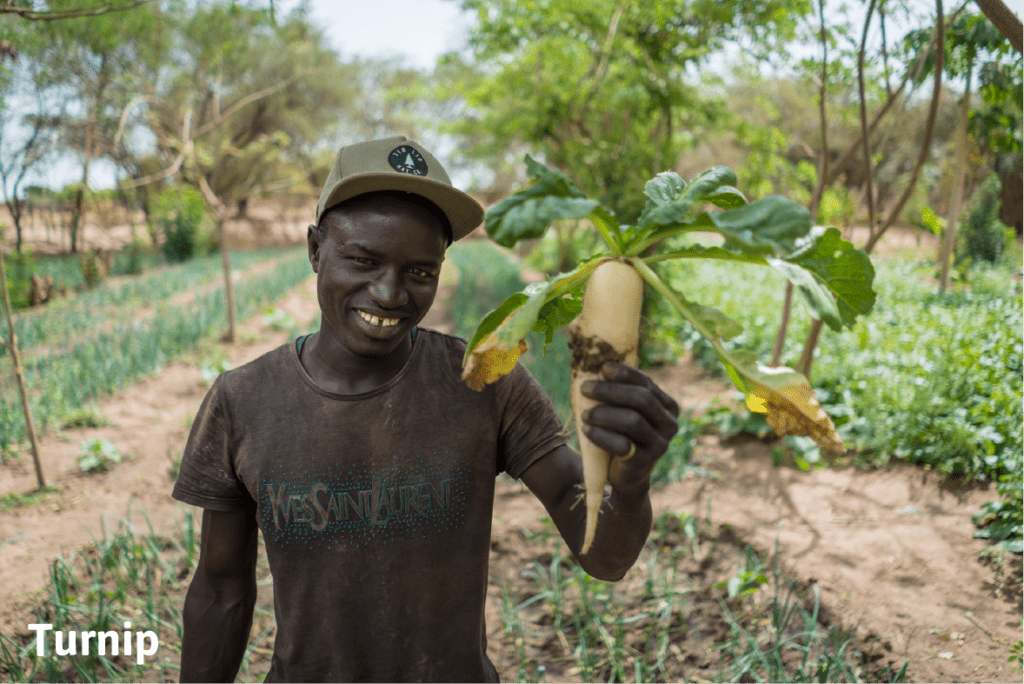
Beyond the Plants
As these four components are implemented on a plot of land, there is a transformation not only in what is able to grow on the land, but also in what is able to live on the land.
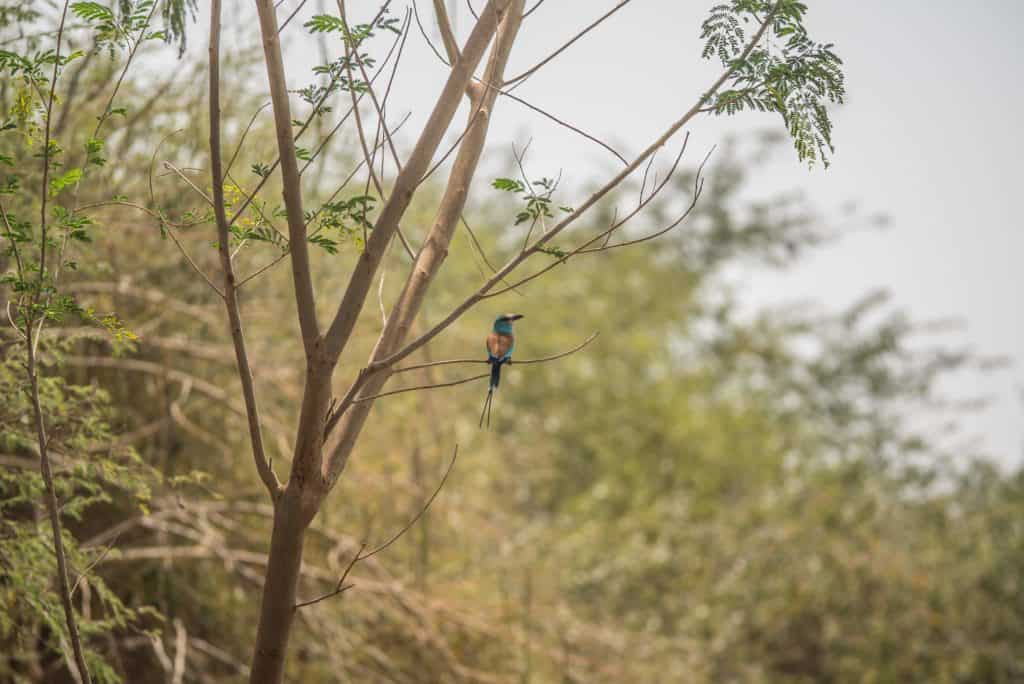
Forest Gardens foster Biodiversity. Birds, insects, and microorganisms thrive in a Forest Garden and help aid in the health of the soil and the natural processes that make Forest Gardens so successful!
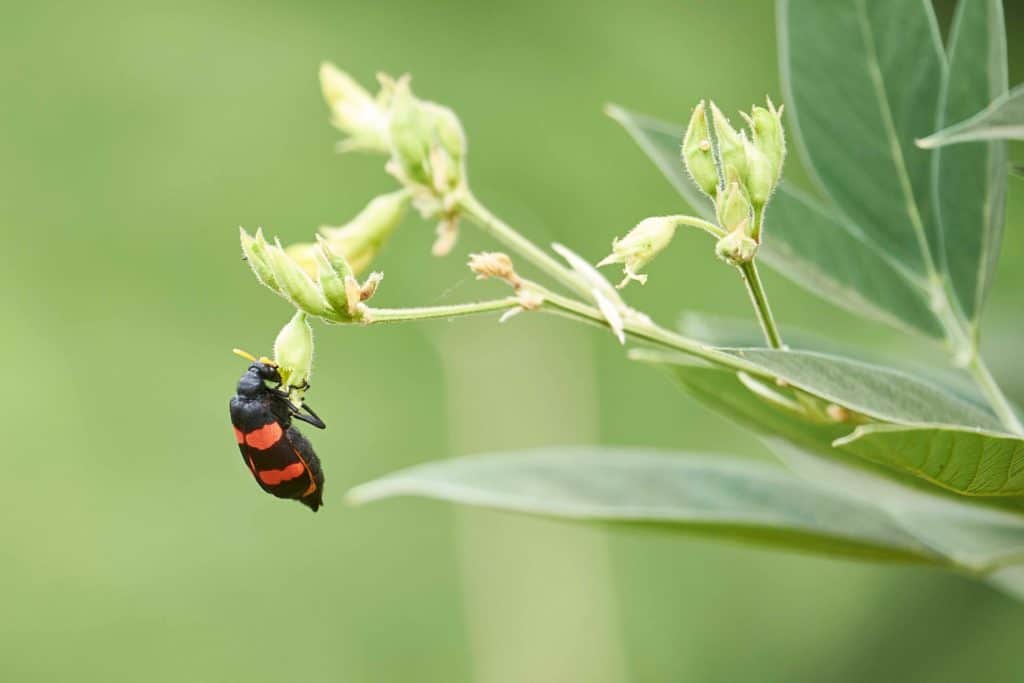
A Successful Transformation
As Forest Gardens grow and mature, they become more resilient to outside factors like weather and disease. The increased diversity within each living fence protects the farmer and their family from feeling the strain of drought or pests and improves their diet and nutrition.
And while each Forest Garden is different and unique, the goal of each one remains the same; to end hunger and poverty for the farming family while protecting the environment.
